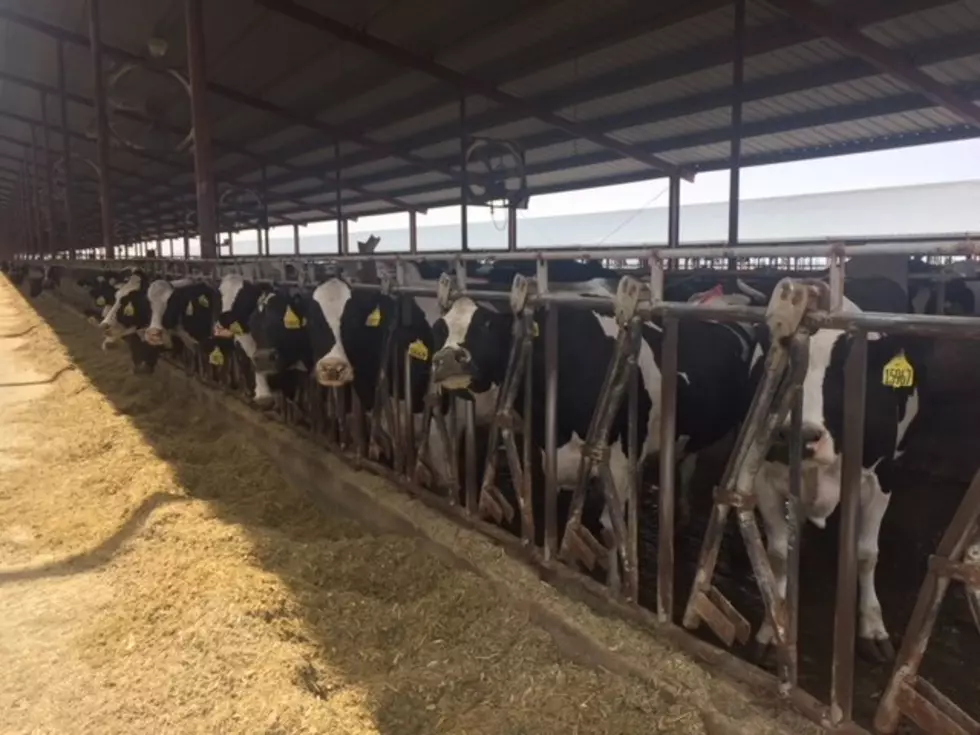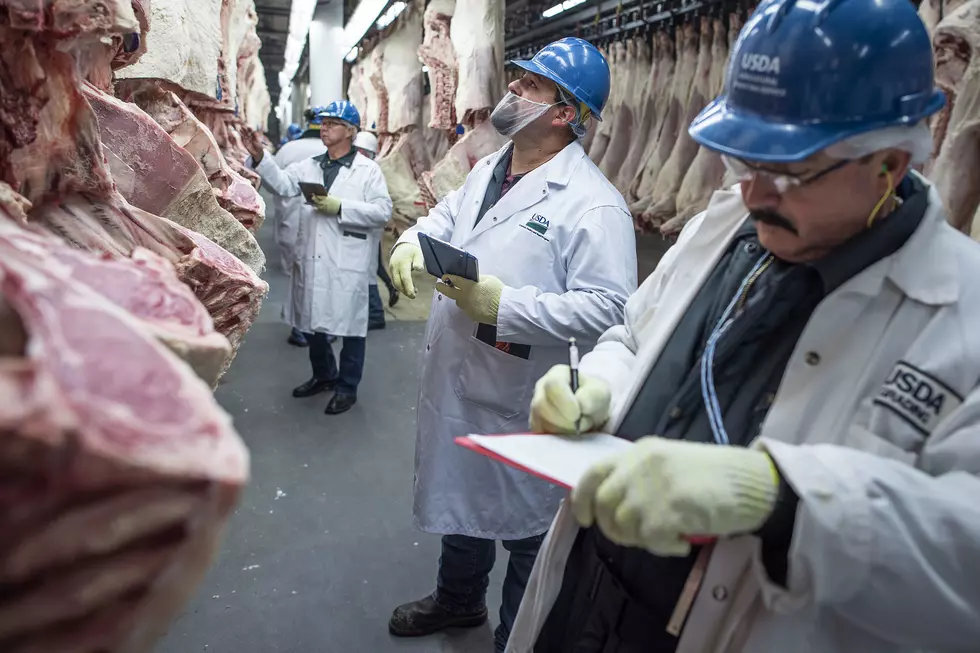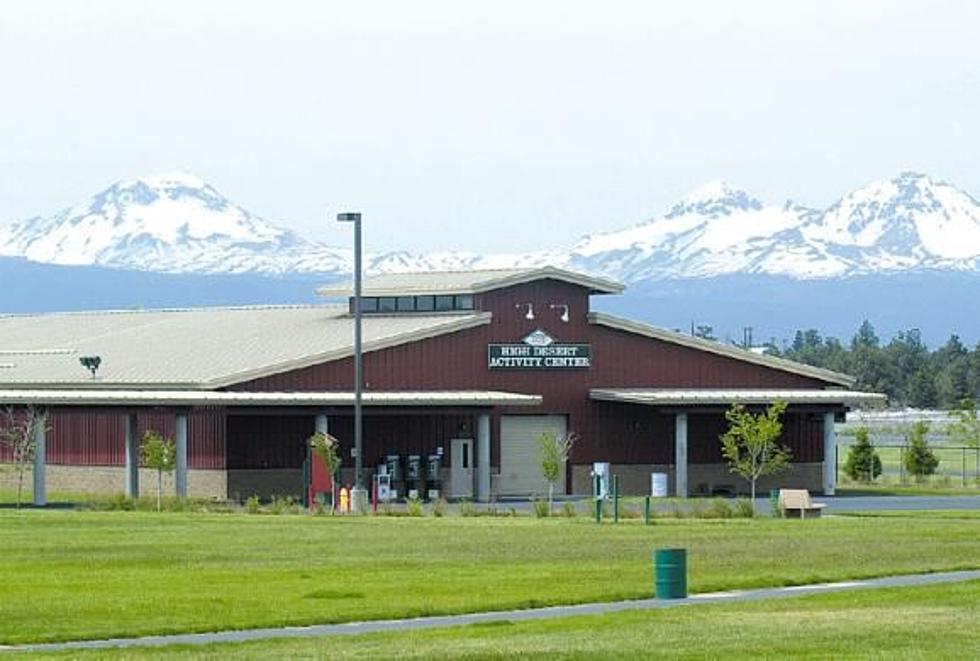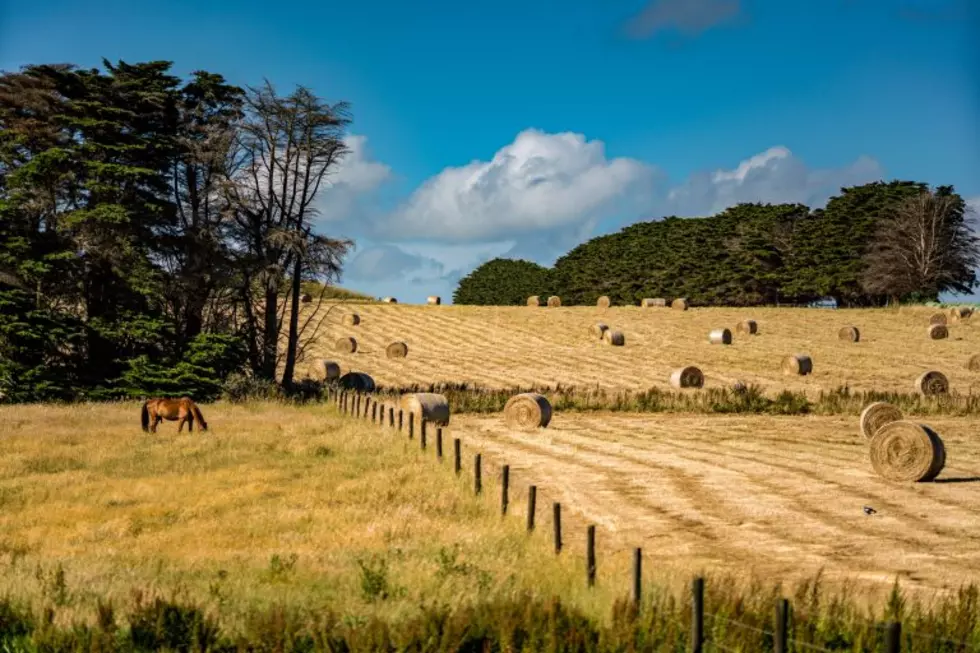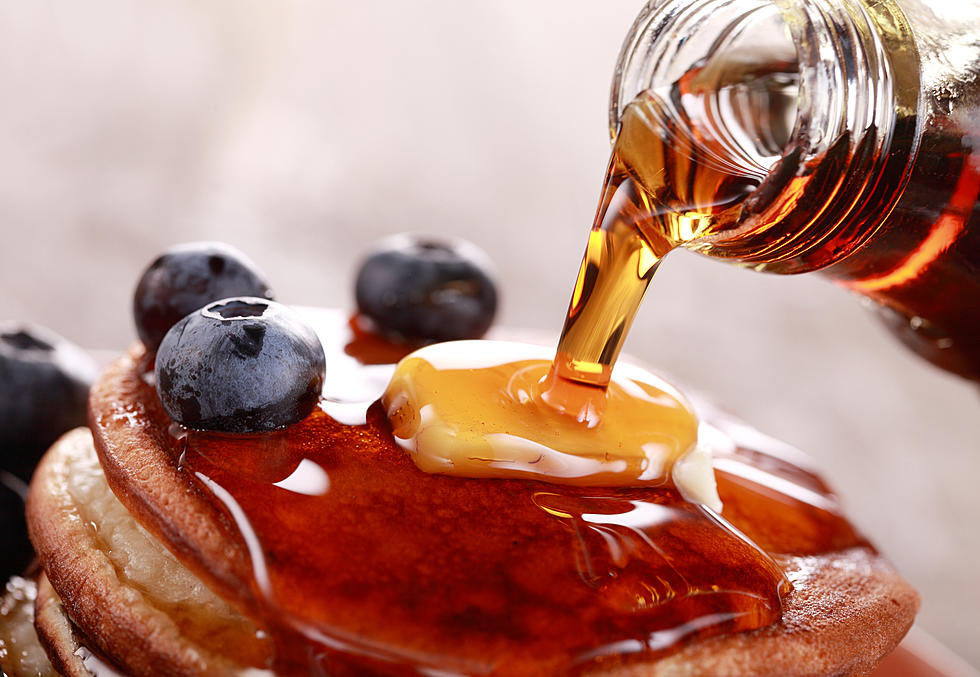
Early Start to Canada’s Maple Syrup Season
The maple tree sap started flowing a couple of weeks early this year in eastern Canada and that’s not really a good thing. Stretches of mild weather in January and in February is expected to produce smaller volumes of processed syrup, along with a less than perfect product. Extended periods of day-time highs above freezing this winter across parts of southern Ontario, Quebec and New Brunswick took some producers by surprise. The sap started flowing before many operations were ready, but an early sap-flow is not welcomed by maple syrup producers.
Sap that’s taken too early creates its own challenges. It takes more sap to produce syrup. And, when processed, the end-product tends to have a slightly stronger taste and a darker color than consumers are used to. Jamie Fortune, produces maple syrup in Lanark County in eastern Ontario near the Quebec border, said that producers really don’t like to see the maple tree sap start flowing too early in the year.
“We were looking at the early forecasts and seeing the warm weather, but didn’t expect that it would be as prolonged as it was, so we didn’t start tapping early. Sap ran and we were not operating, we missed some early-season sap. Early season sap generally has a lower sugar content. So, if you’re running below two percent in sugar, that means you need a lot more of it, by volume, to make a liter of syrup. And the more you process it, generally the longer its being boiled, the darker the syrup gets.”
So, at this point, indications are that 2023 will not be a banner year for maple syrup in Canada. But it could be worse. In earlier times when buckets hung from tapped trees, an early season like this one would automatically equate to a bad season for the syrup industry.
“In the past, when you tapped with buckets, the air could get into the tap-hole and the tree immediately starts to heal up. So, if you tapped too early you would have a shorter season. With this vacuum pumping we’re able to maintain high levels of production. Vacuum systems are air-tight. You don’t get oxygen getting into the tap-holes. So, that helps to maintain the sap flow right from the beginning of the season to the end, at quite high levels.”
If you have a story idea for the PNW Ag Network, call (509) 547-9791, or e-mail glenn.vaagen@townsquaremedia.com
More From PNW Ag Network




